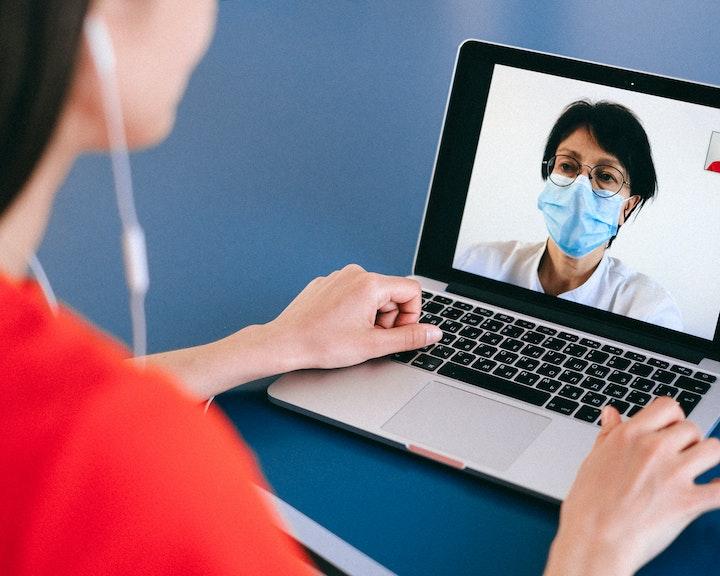Healthcare systems are seeking ways to reduce their costs. One of the best options is remote patient monitoring. RPM offers multiple cost-effective benefits for both patients and providers. These include reducing emergency visits, extended hospital stays, and readmissions. It also helps reduce the burden on overcrowded clinics. RPM solutions pair well with telehealth to help improve patient and provider outcomes.
Table of Contents
Reduced Hospitalizations
Many people with chronic conditions struggle to identify warning signs of their disease worsening and frequently visit the hospital or clinic. Remote patient monitoring enables healthcare providers to collect and analyze health data from patients outside of scheduled appointments. This helps prevent patients from worsening before a healthcare provider can detect and respond to changes.
Moreover, using software like CoachCare remote patient monitoring reduces the number of unnecessary hospital admissions. It also frees up bed space for acute patients, especially during a pandemic when extra beds are needed to accommodate patients with severe or emergency injuries.
It is important to note that for these technologies to work effectively, healthcare systems must design programs to fit their patients’ lifestyles. A good example is how Penn Medicine used automatic text messaging to help patients stay connected during the COVID-19 pandemic. This helped to keep their patients informed, engaged, and compliant with their care plans. Moreover, it enabled them to avoid no-shows and cancellations of appointments, which also improved their revenue generation.
Reduced Contracts with Vendors
Healthcare has been one of the last industries to feel the impact of digital transformation. Today, healthcare organizations have an opportunity to accelerate a continuous patient care experience while reducing costs and improving outcomes with remote monitoring technology. Physicians can deliver a valuable ROI to patients, providers, and the healthcare system using remote patient monitoring solutions. From device set-up to patient education, remote monitoring offers various services to support clinicians in managing patients outside the clinic. The most apparent benefit of RPM is fewer in-office visits and hospital readmissions, saving on costly procedures and resources. However, these cost savings are only the beginning. Ultimately, remote patient monitoring can help reduce the cost of care in the long term by promoting preventive health and avoiding costly complications.
Reduced In-Office Visits
Health systems can utilize remote patient monitoring to collect data more frequently and consistently than a traditional in-office visit allows. RPM devices, such as weight scales, pulse oximeters, blood glucose monitors, and skin patches, collect information automatically to be transmitted to healthcare providers for care management. The devices can also include workflows that automate feedback and flag concerning readings to alert healthcare teams. As a result, healthcare staff can manage patients remotely and discharge them more quickly once they’re stable and have improved their condition. This is especially useful during periods of high-risk exposure or a pandemic. In addition, utilizing RPM reduces travel costs for patients. This can be a massive benefit for those living on a tight budget and may even eliminate the need to pay a co-pay for a doctor’s office or hospital visit. It can also help optimize clinicians’ time with patients by providing additional information they can analyze and discuss before the face-to-face meeting.
Reduced Operational Costs
In the face of a growing healthcare provider shortage, remote patient monitoring helps alleviate some of the strain by giving patients access to care in their communities and regions that may otherwise be underserved. While the initial investment of a remote patient monitoring system can be high, it typically delivers an impressive return on investment over time.
Decreasing the number of in-office visits for patients with chronic diseases frees clinicians’ time to spend on other office visits requiring their full attention. This means that the overall workload of a healthcare institution can be reduced, and staff members can avoid burnout.
In addition, reducing the number of no-shows and appointment cancellations with RPM allows healthcare providers to maximize their revenue generation. This is in part because patients can send digital data about their condition to their healthcare provider at a time and place that is convenient for them, thereby increasing the likelihood of payment.
Also, Read – Things to Consider Before Buying a Dab Rig




